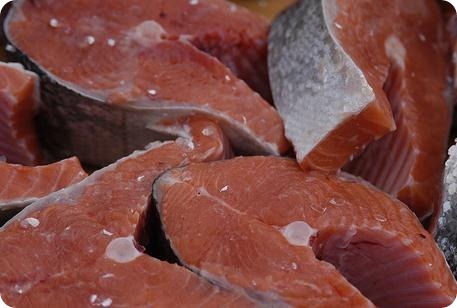Foods rich in fluoride help our body obtain the recommended amount of fluoride it needs each day. Discover which the foods richest in this mineral are.

Fluorine is one of the most abundant elements in nature, which we find mainly in water, in vegetation and in the atmosphere; but also in different beverages and foods.
It is considered an important component of both human and animal organism, being especially associated with calcified tissues, such as teeth or bones, thanks to its affinity with calcium.
Not surprisingly, the fact that fluoride is an essential element in a wide variety of toothpaste products is no coincidence, given that it is capable of inhibiting the onset or progression of dental caries, while stimulating bone formation.
Regarding the recommended daily amounts of fluoride, we find that, in adults, the advisable thing is 4mg/day in men, and 3mg/day in women.
Of course, the maximum recommended fluoride intake should not exceed 10 mg per day for adults.
An interesting way to ensure an adequate recommended intake of fluoride is to always keep in mind which foods are richest in fluoride, so that these cannot be lacking in a balanced diet.
Foods Higher in Fluoride
- Fluoridated waters: contain approximately between 0.7 – 1.2 mg.
- Fish: salmon, sardines or cod (between 0.01 to 0.17mg and 100 gr.)
- Seafood.
- Meats: like chicken.
- Fruits and vegetables: like oranges or onions.
- Dairy: breast milk and fluoridated milk.
- Green vegetables: like spinach or lettuce.
- Papas.
- Desserts: jellies.
- Infusions: like tea (1 to 6 mg / liter).
How to ensure a correct fluoride intake?
An option that is not only interesting but also recommended to ensure a correct fluoride intake is to include some of these foods in our daily diet on a daily basis.
For example, one day we can have chicken on the beach for lunch finishing with oranges for dessert, and another day we can opt for a delicious grilled salmon and finish with a nutritious fruit jelly.
As we can see, the options are multiple, and the key is that none of these foods are missing from our daily diet.































